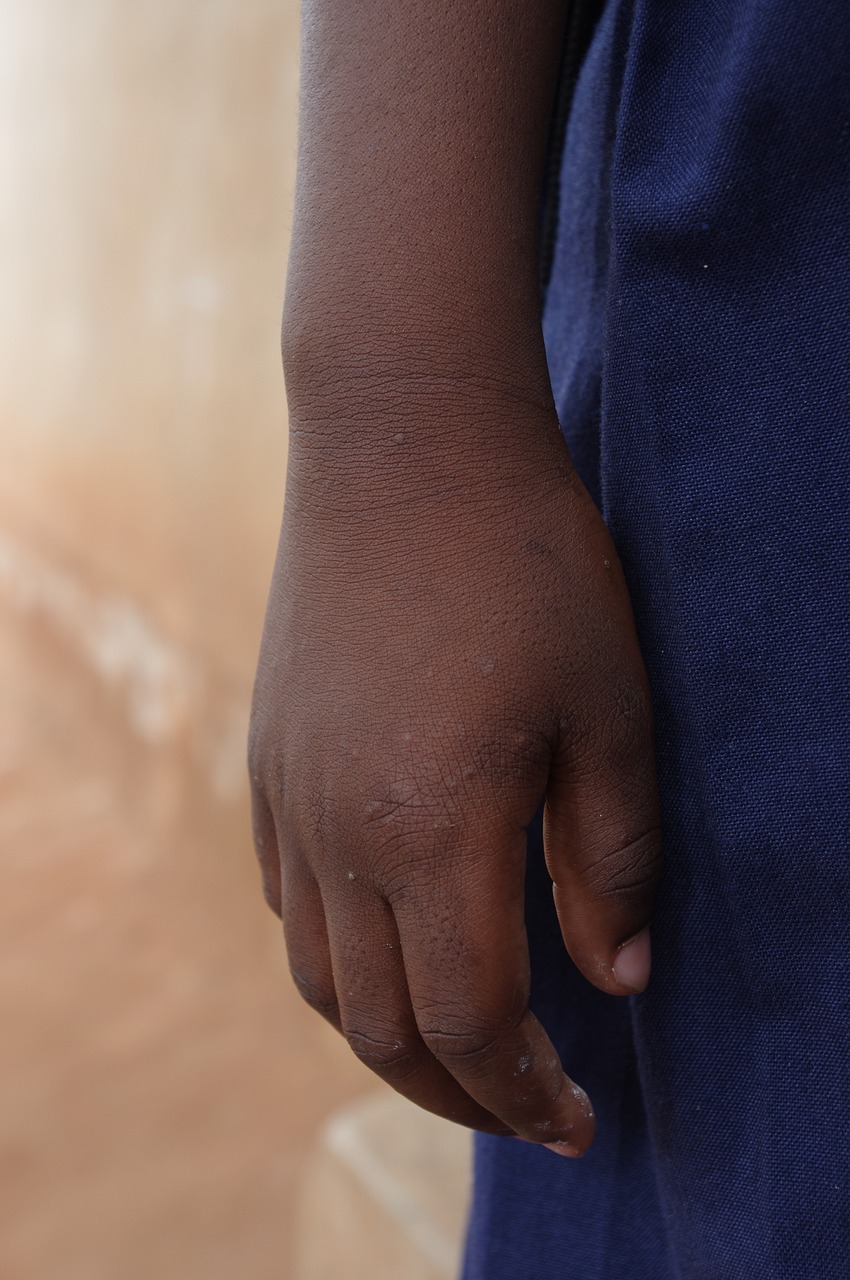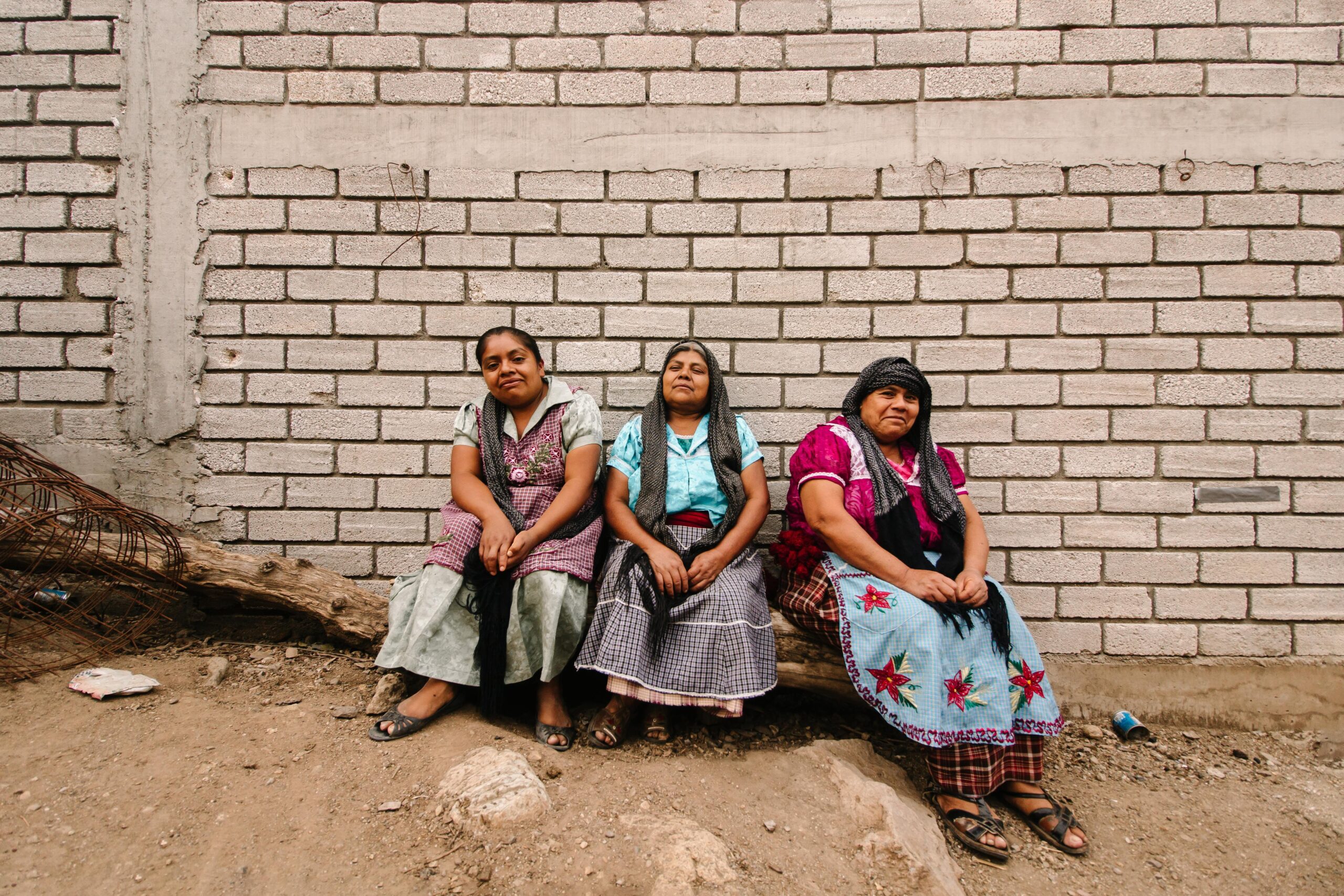By Léo Moreira
Band Aid and its single “Do They Know It’s Christmas?” performed in response to the Ethiopian famine is perceived as a watershed event in contemporary popular humanitarianism. The fact that a group of white people wrote a song with lyrics such as “feed the world” or “the greatest gift they will get this year is life” has been highly criticized. It lays the ground for problematic viewpoints in humanitarianism: white saviorism, othering, humanitarian gaze and unequal North–South relationships.
Volunteer tourism/voluntourism has become increasingly popular with millions of people doing volunteer work while on vacation every year. The increase in social media platforms provides new ways to promote voluntourism and opportunities for celebrity humanitarianism. Visual contents that commonly represent humanitarianism and voluntourism are not mere neutral facts but political representations that display the hegemonic narrative hero-victim that reproduces neo-colonial and neo-liberal agendas and gender-based stereotypes.
Celebrity humanitarianism
The TIME magazine article entitled “Vacationing like Brangelina” relates the growth of voluntourism to the humanitarian work of celebrities such as Angelina Jolie and Brad Pitt. More recently, we are witnessing the rise of social media influencers who marketize their humanitarian travel, displaying
an “aesthetic of poverty” and goodness. On social media such as Instagram and TikTok influencers are documenting their experiences and everyday life abroad through marketing strategies such as “vlogs”.
French influencer, Dylan Thiry who posted several videos of himself walking fiercely surrounded by children running towards him is now charged with child trafficking and pimping. Voluntourism has become trendy, largely uncontrolled, and privatized. Influenced by marketized visual contents, more and more people from developed countries feel entitled regardless of their skills, positionality, and knowledge of the terrain, to help people of the “third world”.
Two types of representations
When it comes to the representation of voluntourism, one can observe two types of representations criticized for making a spectacle out of misery. On one hand, a positive approach with pictures of smiling children and cheerful communities. On the other hand, a negative approach with pictures of starving children and impoverished communities embedded in voyeurism and helpless victims. In the former, the subjects are dignified and active and in the latter, they are passive actors and “needy” populations. Both
types of images aim to generate emotions and moral awareness, as well as empathy, either through the stimulation of love or sorrow. This imaginary of voluntourism depicts the “African” other, a victim of the plight of their country and the humanitarian self, a committed individual who advocates for the protection of human rights.
Ethics of Photography
Issues arise regarding how and which pictures are taken. Nowadays, with the ease of sharing photographs, the ethics of photography is becoming increasingly complex. It exacerbates and stirs up unequal relationships and power imbalance between the photographer and the photographed. “Phototaking and photo-sharing are never innocent”. Photographers are not objective actors and witnesses showing truthful reality in neutral ways. Photo-taking during volunteer trips and their subsequent sharing traduces a
power-laden contact zone for photographer–photographed interaction. Susan Sontag, On Photography (1977) says “To photograph people is to violate them, by seeing them as they never see themselves, by having knowledge of them that they can never have; it turns people into objects that can be symbolically possessed”. She explains how the subject’s image turns out to be objectified and commodified against their oodwill. Social media images posted by tourists, celebrities and volunteer organizations depict the local community often without their consent.
Power Relations
Voluntourism is inevitably subordinated to a complex exercise of power dynamics. The humanitarian gaze allows privileged people to view other people’s problems from a superior position, perpetuating unequal power relations between those who look, the photohraphers/givers and those who are looked at, the photographed/receivers. The “white savior complex” concept represents a personification of these unequal power dynamics, which are reproduced by volunteers even if unconsciously. Thus, the
humanitarian gaze creates an artificial picture of what is being viewed by standardizing representations of the other, conceptualizing heterogeneous groups of individuals as homogeneous masses with the same needs and features. These representations are rarely context-specific and illustrate broader issues within humanitarian work. “The discourse around international aid reflects who has the power to make choices on behalf of those in need, an exclusion that perpetuates inequality and dilutes the success of programs.”
Arguing against voluntourism is not to suggest that we should refrain from helping the “needy” or abstain from ‘rescuing’ those affected by disasters. We need to ask ourselves who is constructed as the “needy” and challenge western representations. Humanitarianism and voluntourism must be read and thought through a decolonial perspective, which addresses the perception of superiority between the global North and South. Humanitarian work should be transformative, people-centered, adaptive and context-specific.




